
There is no gunfire, but the economic war between the U.S. and China has reemerged with renewed volatility. The world’s two largest economies are again locking horns over critical industries such as semiconductors, steel, aluminum, and rare earth minerals, whose importance is now deeply entwined with national security and global technology.
This round of tension is layered with nuance: a U.S. election cycle, an increasingly assertive China, and rising global inflation. Every move, therefore, has higher economic and political stakes.
Recent developments underline the intentionality of both sides. The U.S. has tightened restrictions on advanced AI chip exports, effectively curbing China’s access to next-generation technology. China, in turn, responded with sharp criticism, denouncing the measures as discriminatory and invoking World Trade Organization (WTO) norms to build diplomatic support.
Adding fuel to the fire, President Trump recently announced a dramatic increase in tariffs—doubling duties on global steel and aluminum imports to 50%. While framed as a response to alleged violations of Geneva trade agreements, the move is widely seen as targeting China.
Traders are rightly drawing parallels to 2019, when rising tensions eventually led to the Phase One trade agreement. That temporary truce offered markets breathing space and allowed both countries to retreat without conceding strategic ground.

But today’s landscape is different. Trump’s renewed hawkishness is politically expedient, while China continues to aggressively pursue its self-sufficiency agenda in sectors like semiconductors and green energy.
The broader macro environment marked by high inflation and fragmented global growth makes this more than just a replay.
Despite tough rhetoric, both nations seem cautious about full economic decoupling. Imposing tariffs on rare earth exports could severely disrupt U.S. automaker manufacturing. Conversely, chip restrictions threaten billions in lost revenue for U.S. firms like Nvidia. And while China has made progress in tech independence, it still depends heavily on importing high-performance chips.
Both sides know that while disruption is unavoidable, mutual destruction is not an option.
Macro and Commodities
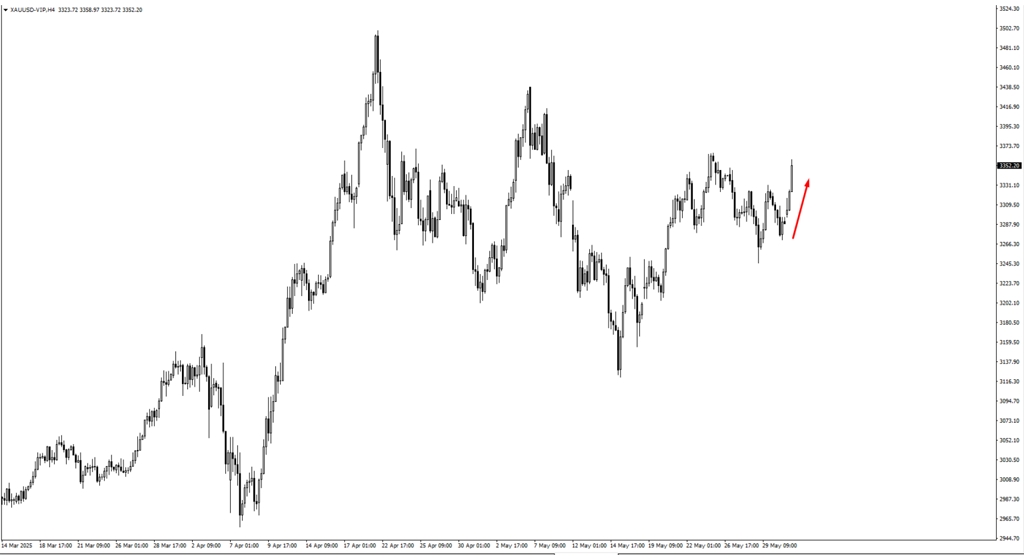
Gold (XAU/USD) surged above $3325.45 before a minor pullback. If the price consolidates near 3310, a bullish continuation toward 3365.74 is likely. With geopolitical tensions and weak U.S. data, gold remains a key hedge.
WTI Crude (USOIL) continues to consolidate. A break below $63.327 could precede sharp volatility. Energy markets remain highly reactive to trade developments and potential sanctions.
Currencies in Focus
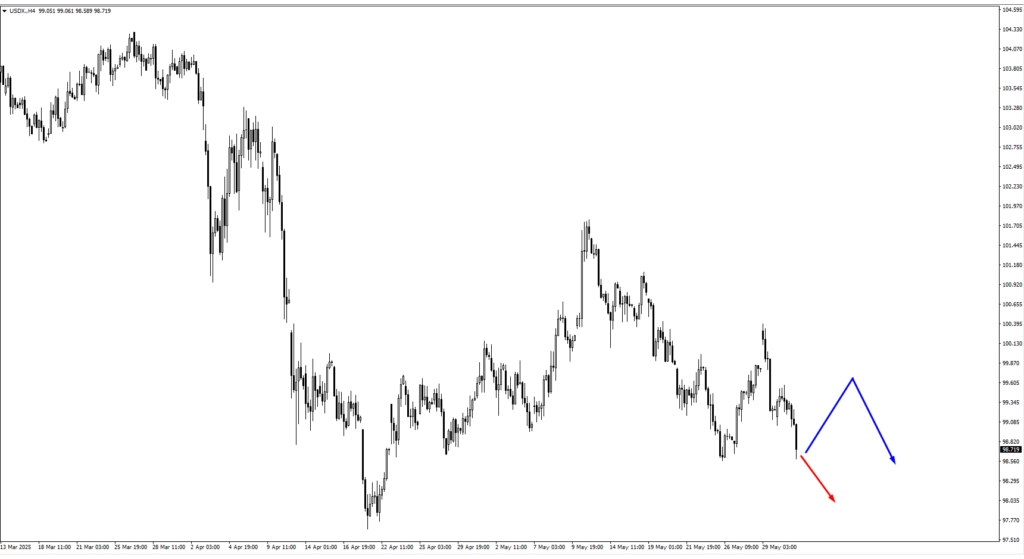
The US Dollar Index (USDX) dipped toward 99.80 before stabilizing. A further breakdown toward 99.15, and eventually 98.00, is possible unless Powell offers a hawkish surprise that stalls bearish momentum.
EUR/USD rebounded from 1.1390, regaining an upward structure. If it holds above 1.1360, a new bullish leg could emerge. The upcoming ECB rate cut to 2.15% (from 2.40%) is largely priced in, though dovish messaging may cap gains.
GBP/USD is advancing after consolidating around 1.3500. A sustained range near 1.3485 may push the pair toward 1.3600. UK inflation data poses a wildcard risk to this outlook.
USD/JPY reversed near 142.60. If support holds, a move toward 141.00 is plausible, especially if BOJ Governor Ueda maintains a hawkish tone during his Tuesday appearance. Resistance remains near 143.85.
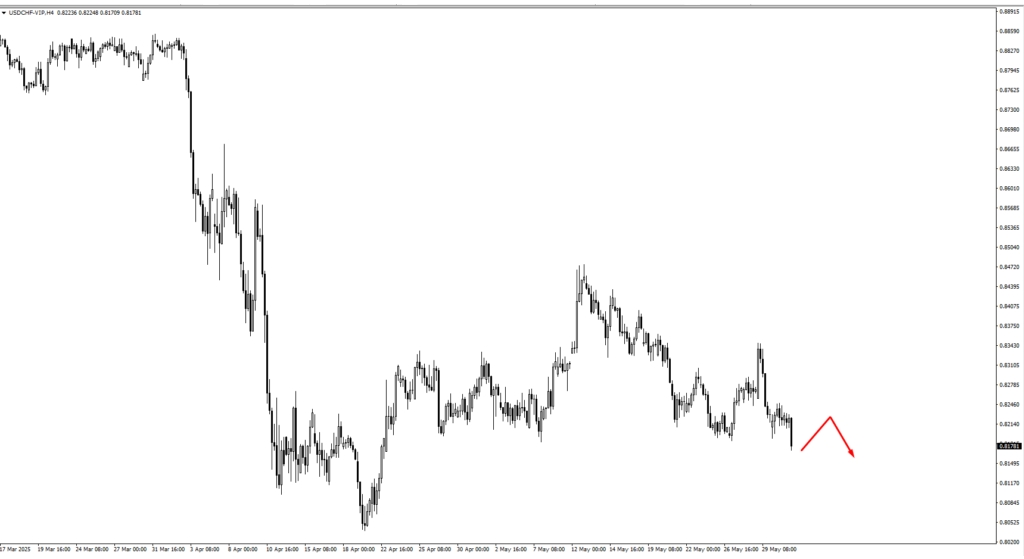
USD/CHF remains weak, with the potential to retest 0.8220 for bearish setups. As global risk aversion grows, CHF’s safe-haven appeal could drive further downside.
AUD/USD recovered from last week’s swing low. Consolidation near 0.6455 opens the path to 0.6530. A pullback to 0.6370 would still offer bullish opportunities. Key catalyst: Australian GDP forecast at 0.40% q/q (vs 0.60% prior).
NZD/USD mirrors Aussie performance. Support holds at 0.5970, with potential for upside above 0.6000. Kiwi traders are closely tracking Chinese responses, given strong trade ties.
USD/CAD continues to weaken, with a focus on 1.3780 as a potential resistance zone before targeting 1.3660. Bank of Canada’s rate decision (expected cut to 2.50%) may briefly pause momentum.
Equities and Cryptocurrencies
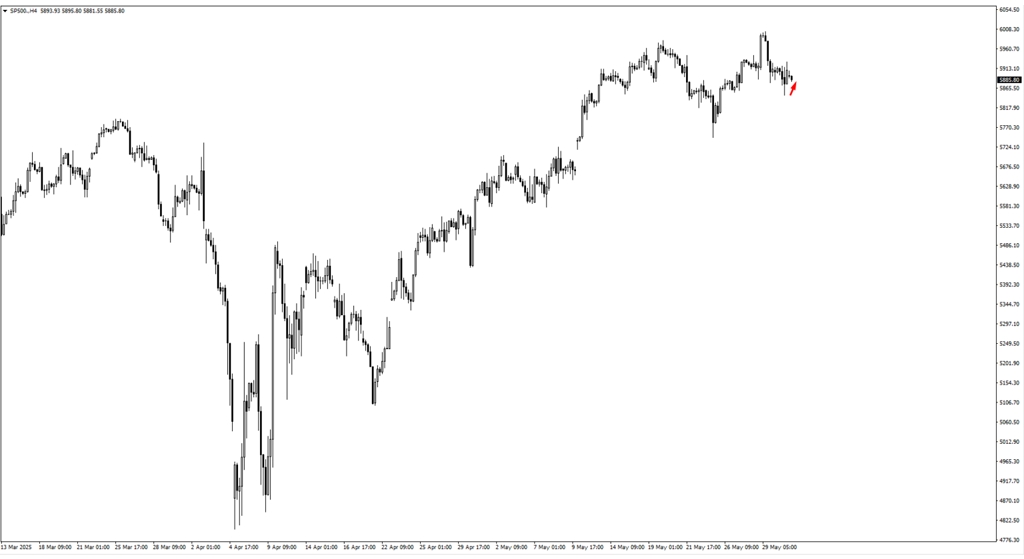
S&P 500 (SPX) bounced from 5850. A break above 5928.30 may extend gains toward 5980, while a pullback could retest 5685. Fed Chair Powell’s tone will be critical for equity sentiment.
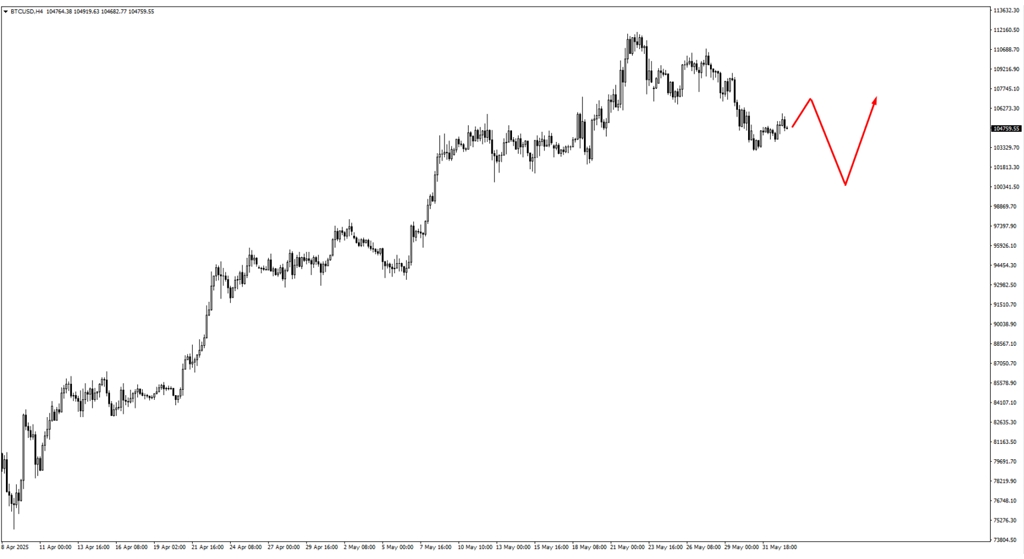
Bitcoin (BTCUSD) is in consolidation. Resistance at 107,490 could trigger a drop to 99,660 or 97,300. Crypto remains sensitive to macro headlines and liquidity shifts.
Ethereum (ETHUSD) trades lower, with key support levels at 2415 and 2215 likely to attract long entries if tested.
Silver (XAG/USD) held support and climbed back to 33.05. A confirmed breakout above 33.683 could challenge 33.80—a major structural pivot.
Key Events This Week
Monday, June 2
US ISM Manufacturing PMI ticked up to 49.3 (from 48.7), still below the 50 mark—signaling contraction, albeit with mild stabilization. Sentiment remains cautious.
Tuesday, June 3
Fed Chair Jerome Powell speaks. While no policy changes are expected, tone and forward guidance could shift USD sentiment.
BOJ Governor Ueda also delivers remarks, crucial for USD/JPY direction.
US JOLTS Job Openings: Previous was 7.19M. A sharp decline could increase rate-cut expectations. If steady, the Fed’s current trajectory remains intact.
Wednesday, June 4
Australia Q1 GDP is expected at 0.40% q/q (down from 0.60%), indicating economic deceleration.
Bank of Canada Rate Decision: Forecasted cut from 2.75% to 2.50%. Dovish tone may impact USD/CAD, especially if oil remains strong.
Thursday, June 5
The European Central Bank is widely expected to reduce rates from 2.40% to 2.15%. The tone of President Christine Lagarde will determine EUR/USD’s next direction. Hawkish hints may support the euro; dovish overreach may trigger declines.
Friday, June 6
US Non-Farm Payrolls: Expected job gain of 130,000 (vs. 177,000 prior), with unemployment steady at 4.2%. A weak print could weigh on USD and boost gold and equities, while a strong report may reinforce the Fed’s cautious stance.
Across asset classes, price action is drifting toward key technical zones. Traders should focus on consolidation and confirmation rather than impulse entries. In today’s environment, structure is everything—and headlines are potential triggers.
Start trading with VT Markets today and stay ahead of the curve.







